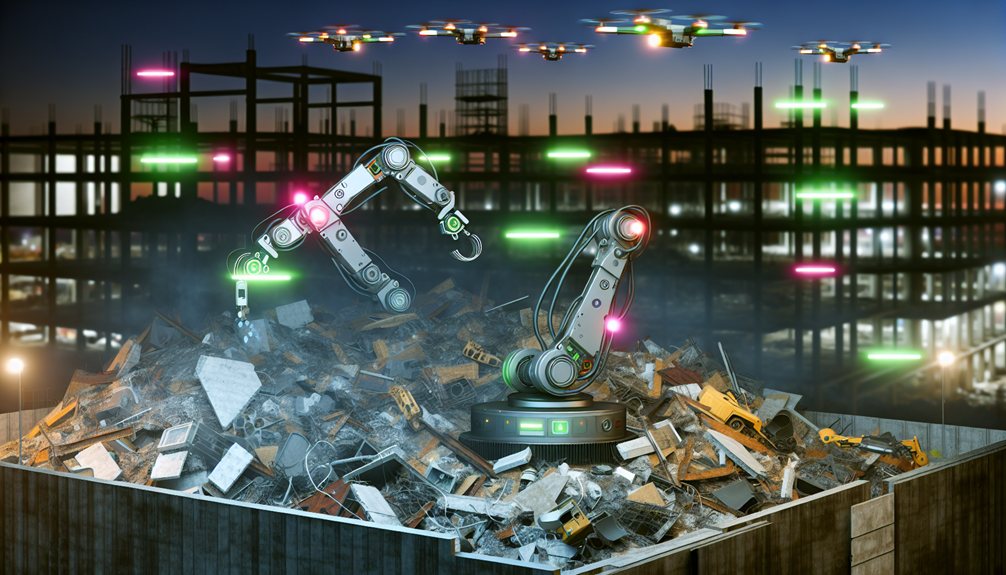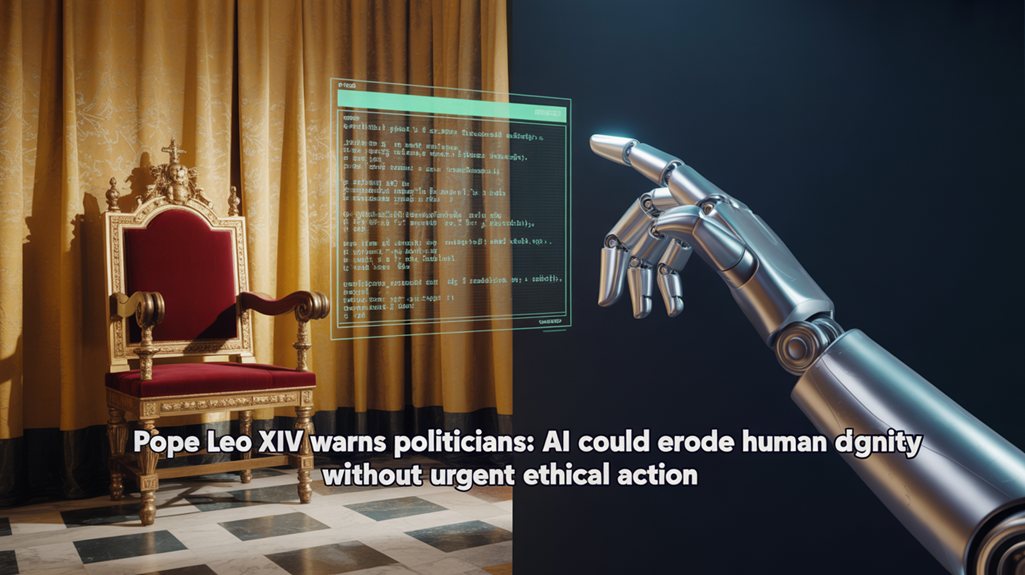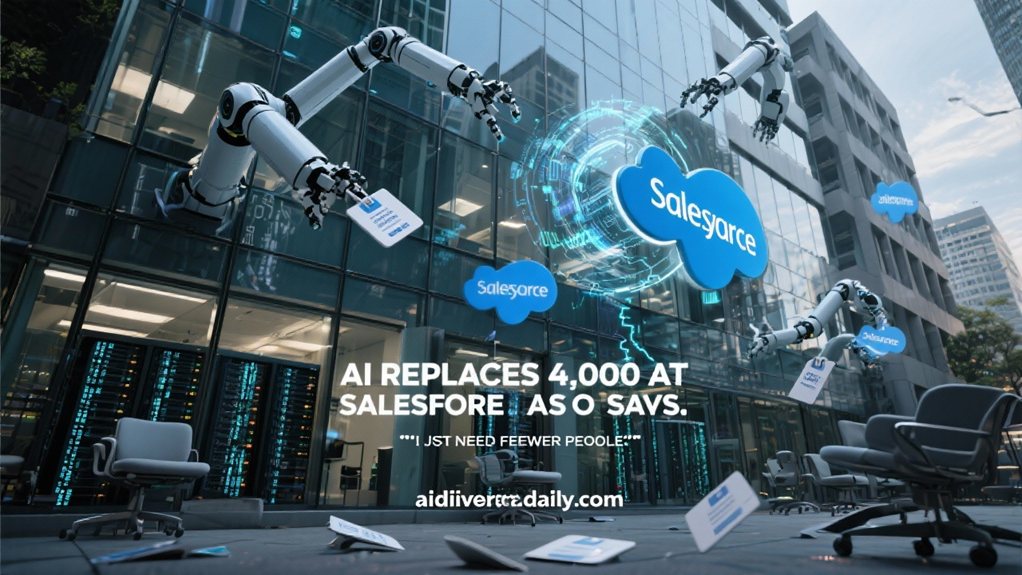While the construction industry continues to build skyward, it’s also building mountains of waste—a staggering 600 million tons in the U.S. by 2018 alone. Deadlines, budget constraints, and shifting priorities make sustainable practices seem like luxury add-ons rather than necessities. But AI doesn’t care about your excuses.
Image recognition systems and robots are now sorting demolition debris with superhuman precision. No more “too complicated to recycle” cop-outs. These systems identify materials worth salvaging when human eyes might just see trash. They’re exposing the lazy waste-management practices that have plagued construction for decades.
AI-powered sorting tech doesn’t just recycle better—it exposes decades of construction’s “too difficult” excuses for the lies they are.
The marriage of AI with Building Information Modeling is particularly revealing. Every bolt, beam, and brick gets tracked from cradle to grave—or preferably, to its next life. Material passports, digital records of building components, are making it impossible to hide behind the “we didn’t know what was in there” defense when demolition day comes. In a global industry valued at $13 trillion, these technologies are finally addressing the massive scale of construction waste.
The numbers don’t lie. Poor project data and miscommunication account for 52% of rework in the U.S., costing a jaw-dropping $31.3 billion. Human errors. Preventable mistakes. AI systems flag these issues before they become costly disasters, fundamentally calling out inefficiency before cement gets poured wrong.
Real-time monitoring through IoT devices is catching waste as it happens. Someone ordering excess materials to skim off the top? The algorithm notices. Crews dumping reusable materials? Flagged. The days of “business as usual” waste are numbered.
Blockchain technology is adding another layer of transparency. When every material transaction gets recorded immutably, sketchy sourcing becomes harder to hide. Augmented reality tools visualize potential waste before it materializes, making “we couldn’t foresee the problem” an increasingly flimsy excuse.
The construction industry’s dirty secret—that waste has been baked into the business model—is getting exposed by unbiased algorithms. The modern industry’s prioritization of fast, low-cost methods over durability has contributed significantly to this waste culture. AI doesn’t care about tradition, connections, or the way things have always been done. It just shows the numbers. And the numbers are damning.









